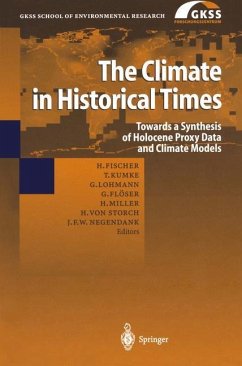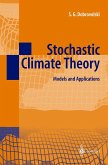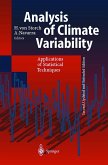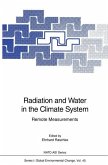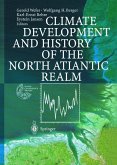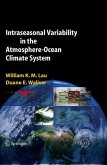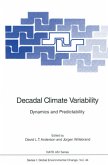The project "Climate in Historical Times" (KIHZ) represents an integrative approach by geoscientists and climate modellers to analyse the dynamics of natural climate variability during the Holocene. This volume summarises the outcome of a KIHZ summer school. The meeting dealt with a variety of topics related to natural climate variability, ranging from reconstructions of past climate using so-called "proxy data" derived from ice cores, lake sediments, tree rings and corals. These data are used to validate and assimilate climate models.
The first part of this volume provides an overview of the climate system and its dynamics. It uses climate models of differing complexity and the resources of different archives in order to reconstruct past climate. The second part describes the latest achievements of the KIHZ members in their endeavours to reconstruct past climate by using proxy data, statistical analyses and climate models.
An Introduction to the KIHZ Project The description of the climate system and the quantification of its natural variability and dynamics is essential to assess an ongoing anthropogenic cli mate change and to validate climate and biogeochemical models to allow for reliable projections into the future. Because the spatio-temporal coverage of direct meteorological observations is rather limited, high-resolution and ab solutely dated climate archives represent the only key to a quantification of seasonal to millenial climate variations in the past. Furthermore, climate mod els provide insights into the major processes and causes relevant for climate variability on these time scales. Both approaches represent one side of the same medal, however melting both sides down to one combined effort is often hampered by obstacles defined by the different nature of the approaches. For instance, General Circulation Models (GCMs) per se deal with spatially resolved data representing real climate variables in the model world (such as temperature or precipitation) with each model run reflecting one possible realization of climate history under given boundary conditions. In contrast, the records of natural climate archives are influenced by climate variations as they took place in reality, however, are often representative of local climate conditions only. Moreover, the climate information deduced from natural archives is in nearly all cases based on climate proxies, whose relationship to real climate variables, the so called transfer function, has to be established beforehand.
The first part of this volume provides an overview of the climate system and its dynamics. It uses climate models of differing complexity and the resources of different archives in order to reconstruct past climate. The second part describes the latest achievements of the KIHZ members in their endeavours to reconstruct past climate by using proxy data, statistical analyses and climate models.
An Introduction to the KIHZ Project The description of the climate system and the quantification of its natural variability and dynamics is essential to assess an ongoing anthropogenic cli mate change and to validate climate and biogeochemical models to allow for reliable projections into the future. Because the spatio-temporal coverage of direct meteorological observations is rather limited, high-resolution and ab solutely dated climate archives represent the only key to a quantification of seasonal to millenial climate variations in the past. Furthermore, climate mod els provide insights into the major processes and causes relevant for climate variability on these time scales. Both approaches represent one side of the same medal, however melting both sides down to one combined effort is often hampered by obstacles defined by the different nature of the approaches. For instance, General Circulation Models (GCMs) per se deal with spatially resolved data representing real climate variables in the model world (such as temperature or precipitation) with each model run reflecting one possible realization of climate history under given boundary conditions. In contrast, the records of natural climate archives are influenced by climate variations as they took place in reality, however, are often representative of local climate conditions only. Moreover, the climate information deduced from natural archives is in nearly all cases based on climate proxies, whose relationship to real climate variables, the so called transfer function, has to be established beforehand.
From the reviews:
"This book presents peer-viewed results from a final workshop in 2001 ... . The book ... is a very valuable contribution. ... This book is recommended to anyone interested in the most challenging topic of global climate change." (Environmental Geology, Vol. 49, 2006)
"The climate in historical times represents outcomes of a KIHZ meeting concerned with natural climate variability. ... this volume offers an accessible overview of current knowledge concerning the reconstruction of past climate. It will interest researchers and students over a broad range of disciplines including atmospheric science, environmental sciences, geography and geosciences." (Nicholas Betts, The Holocene, Vol. 15 (6), 2005)
"This book presents peer-viewed results from a final workshop in 2001 ... . The book ... is a very valuable contribution. ... This book is recommended to anyone interested in the most challenging topic of global climate change." (Environmental Geology, Vol. 49, 2006)
"The climate in historical times represents outcomes of a KIHZ meeting concerned with natural climate variability. ... this volume offers an accessible overview of current knowledge concerning the reconstruction of past climate. It will interest researchers and students over a broad range of disciplines including atmospheric science, environmental sciences, geography and geosciences." (Nicholas Betts, The Holocene, Vol. 15 (6), 2005)

